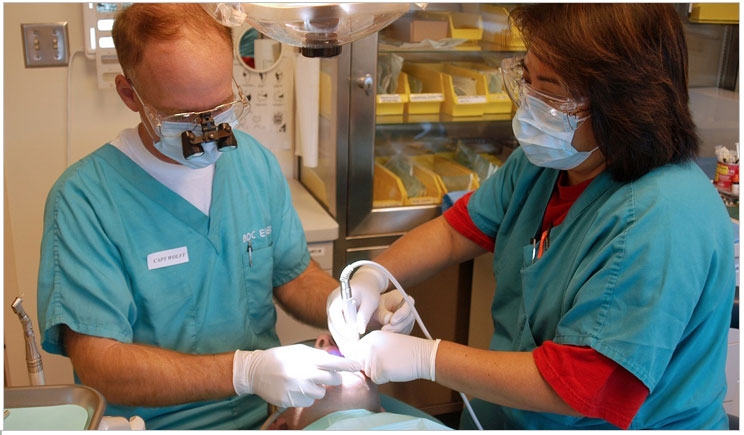
In-house dental savings plans are an excellent way to attract new patients to your practice. Patients love to know that they’re saving money on high-quality dental care, and seniors living on fixed incomes appreciate the predictability that comes with a dental savings plan.
When I talk to other dentists about my plans, their number one question is how I know how much to charge. It’s an important step in building your plan. If you charge too much for the plan or offer discounts that are too small, patients won’t want to buy into it. If you charge too little for the plan or offer steep discounts, you may end up losing money on every plan you sell. It doesn’t do you any good to increase your caseload if you’re losing money on every patient you see.
A good price point for a dental savings plan is about $300 per person, per year. That’s half of what a typical retired senior can expect to pay for dental insurance. Why do I suggest half price, instead of 75% of the cost of dental insurance? In the first place, in-house savings plans are unfamiliar to most customers. They feel like they’re taking a chance by purchasing a plan. You want to reassure them that they’re getting a good value.
The other reason I can offer a dental savings plan for a fraction of the cost of insurance is that I’ve cut out the middleman. Normally, a patient gets treatment. I bill insurance. Insurance companies employ people who decide whether or not to reimburse me. They also employ people who bill my patient for premiums. They employ the people who put my staff on hold when we call to protest a denial of claims. And, they employ marketers and lobbyists and advertisers to help grow business. So, even if an insurance company is paying me $100 for a procedure, it will price the insurance as if that procedure cost it $150 to make up for all the other things that it does.
Meanwhile, with a dental savings plan, the patient joins the plan, I complete the procedure, and we’re done. No billing the patient, since the service was included in the plan payments. No calls to insurance. I get paid, patients get treatment, and everyone is happy. When you cut the insurance middleman out of the treatment process, you and your patients save money.
After you decide what the plan will cost and what it will include for the patient, you need to work out associated discounts on major and minor dental procedures. In my practice, plan discounts range from 10% to 15% depending on the procedure. For some treatments, we offer even larger discounts to plan members. This encourages patients to consider treatments that aren’t strictly necessary, but will improve their quality of life.
Check out my book, Grow Your Dental Practice with Wine and Cheese, for more advice on pricing plans. Remember, this isn’t set in stone. You can tweak your plan based on going rates for treatment in your area. The key is to find a set point where both you and your patients are better off than if you dealt with the insurance companies.
 Christopher Phelps, DMD, is a general dentist with a dental degree magnum cum laude from Nova Southeastern University College of Dental Medicine in Ft. Lauderdale, Fla. He is a member of the American Dental Association, North Carolina Dental Society, American Academy of Cosmetic Dentistry, and Academy of General Dentistry. He is also a certified trainer in the Cialdini Method of Influence, based of the research and teachings of Dr. Robert Cialdini.
Christopher Phelps, DMD, is a general dentist with a dental degree magnum cum laude from Nova Southeastern University College of Dental Medicine in Ft. Lauderdale, Fla. He is a member of the American Dental Association, North Carolina Dental Society, American Academy of Cosmetic Dentistry, and Academy of General Dentistry. He is also a certified trainer in the Cialdini Method of Influence, based of the research and teachings of Dr. Robert Cialdini.
Related Articles
Adopt New Digital Marketing Strategies for Success in 2016
Increase Your Profits in the Rapidly Changing Dental Market
Encourage Online Reviews for Better Business











